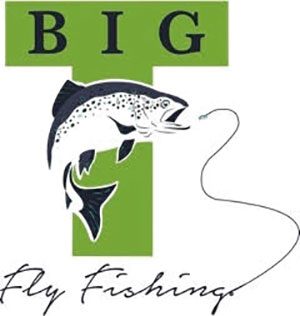Mid to late summer in the Southeast is not exactly what you would call prime trout fishing time. However, there are still a lot of viable options, and if you are a trout bum like myself, sometimes you got to get your fix.
It probably goes without saying but it’s always best to have a stream thermometer on your person. I don’t like to chase trout that often when the waters exceed 65 degrees but do push it a few degrees higher on occasion. If you are blessed to be within a short drive of a tailwater, that is usually your best option as water temperatures tend to stay well below a dangerous mark.
If you are chasing our coldwater companions in the mountain streams, here are a few things to consider. When looking for areas that will hold fish, concentrate on higher oxygenated water types like shoals, plunge pools, and riffles. Also, look to slower lazy water that does not require much effort to hold in. Shade will be your friend and, due to the amount of terrestrials present, fish the banks focusing where there are overhanging limbs or bushes.
Speaking of terrestrials, make sure you have them in your fly box. Small ants, grasshoppers, and rubber leg dries are a great option. I tend to downsize to sizes 16 to 20 when I’m fishing nymphs. It’s also not a bad idea to downsize your tippet as well.
Keep in mind with the strong sun it’s easy to cast shadows that will spook fish. The shadows can come from you and can also come from your fly line so be cognizant not to overline your fish.
For the sake of the health of our fisheries, learn to land fish quickly. There are techniques, such as side pressure, that you can employ to put them in the net fast. Once they’re in the bag, try to leave them in the water breathing while removing your fly and releasing the fish. Or, if regulations allow, take your time landing the fish and put it on a stringer to be grilled while having a cold beverage that evening.
Fish on –Big T
